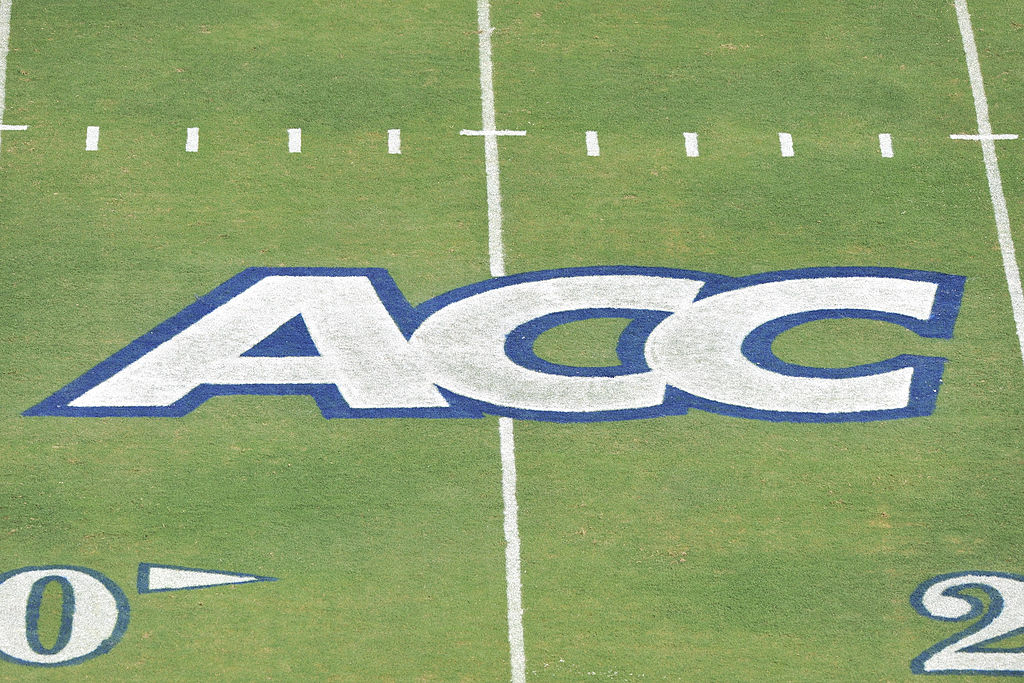Why Stanford, California and SMU Want the ACC
College sports realignment continues to flirt with the nonsensical, as the Atlantic Coast Conference is poised to once again vote to add a pair of schools near the Pacific Ocean. To make matters even more ridiculous, Stanford and California are apparently so desperate for an ACC invite (despite the nearest league member, Notre Dame, being 2,237 miles away) that they’re willing to take only half of their share of TV money or less to go play on the opposite side of the country.
And that’s still better than Southern Methodist University, which is willing to take no TV money at all until 2030 if the ACC will take them. At least the Mustangs have some precedent in their city with the Dallas Cowboys competing in the NFC East, but still, it’s quite a change for a school that once played in the Southwest Conference.
So, why would these schools do this? Here’s a look at their positions.

Stanford and Cal: Olympic Sport Prestige
Football isn’t much of a factor at either Cal or Stanford. Neither team is usually anything special in either sport, unless they have a first-round pick like Aaron Rodgers or Andrew Luck under center. Even John Elway could only manage a 5-6 record at Stanford in 1982, and he became the top overall pick and won two Super Bowls.
But Cal is a national powerhouse in track and field, swimming and tennis. Stanford is elite in women’s basketball, soccer and volleyball. Both have excellent teams in other non-revenue sports as well, such as baseball. And although you can find a home for your other sports, Cal and Stanford both need the money from football TV dollars to keep competing at high levels in Olympic sports. Taking $20 million in ACC dollars certainly beats $5 million in the Mountain West.
SMU: Undoing the Death Penalty
For SMU, this moment has been 35 years in the making. Ever since the football team got the infamous death penalty in 1987, SMU has been wandering the wilderness looking to get back its past glory. When the Southwest Conference dissolved in 1995, that was it for SMU as a member of a power conference.
Getting into the ACC represents a dream fulfilled for the school. It’s also not coming in completely overwhelmed. SMU football has been improving for years, and it’s been a power in men’s soccer for years. It might take a few years for the Mustangs to get competitive across the board, but the same was true for TCU as well when it joined the Big 12. All SMU wants is an invitation from anywhere, and it believes it can run with it. We might get to see soon if the Mustangs are


[…] month ago, ACC presidents held a straw poll vote and the vote failed with a vote of 11-4. Per the ACC bylaws, 75% of the membership must vote in favor of adding new schools. The four nay […]